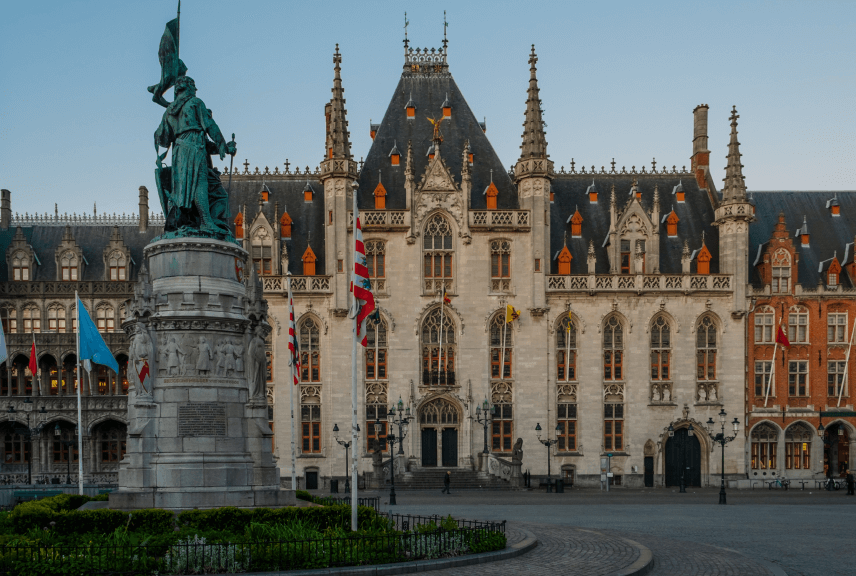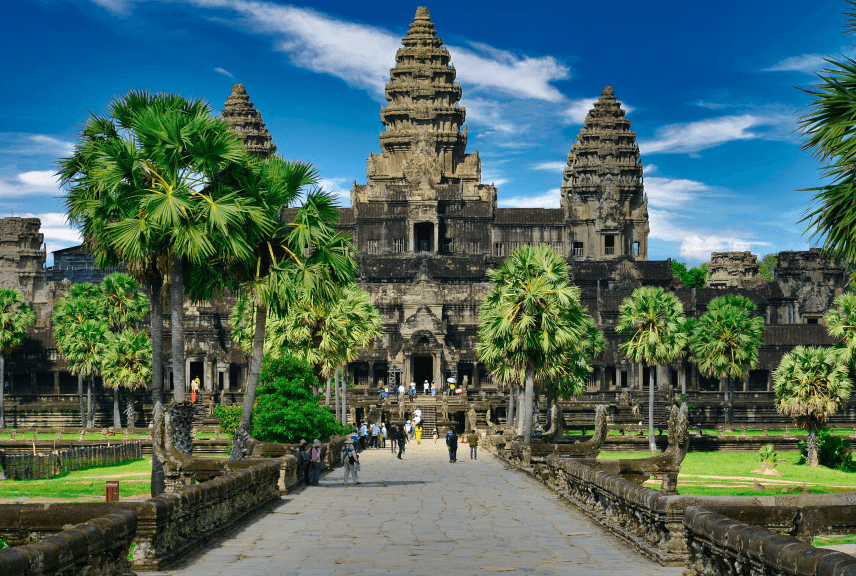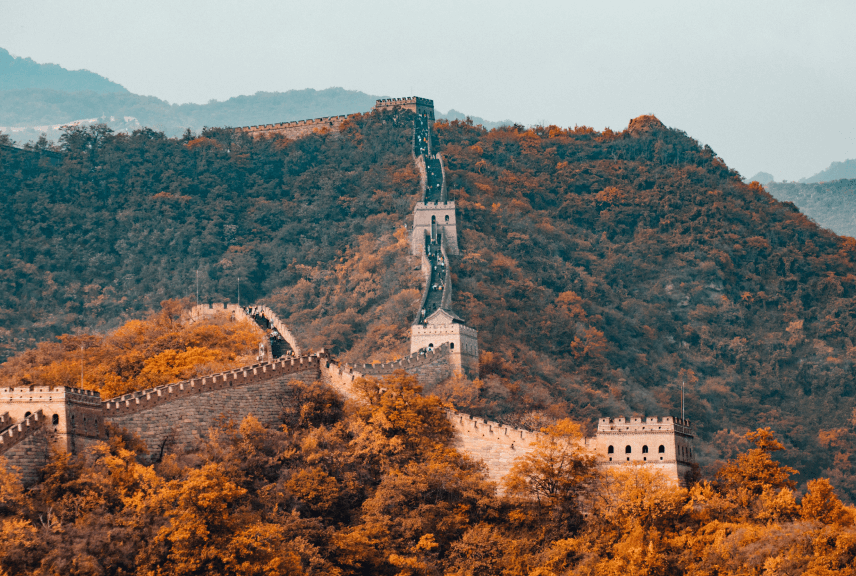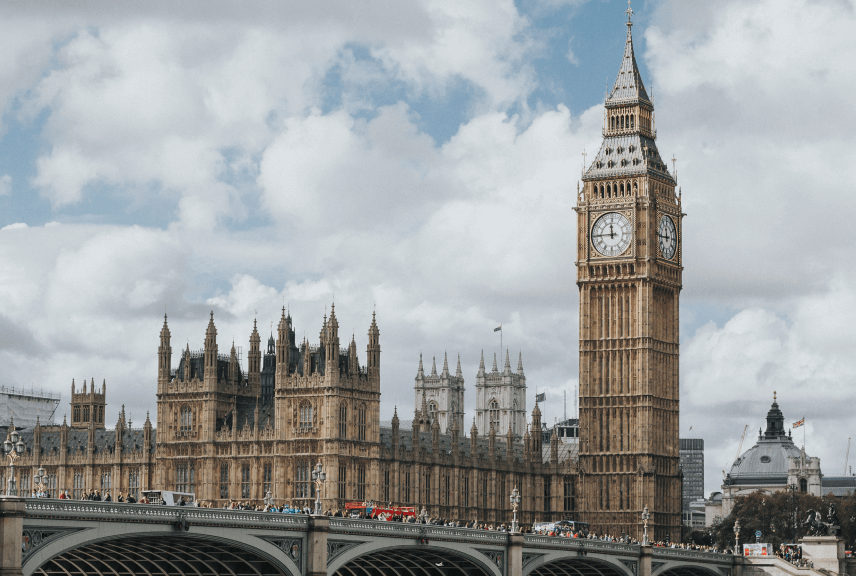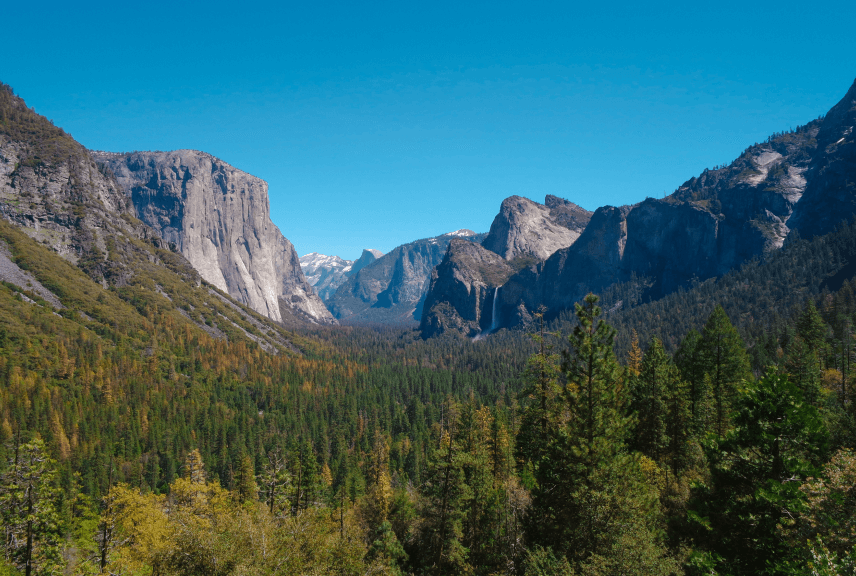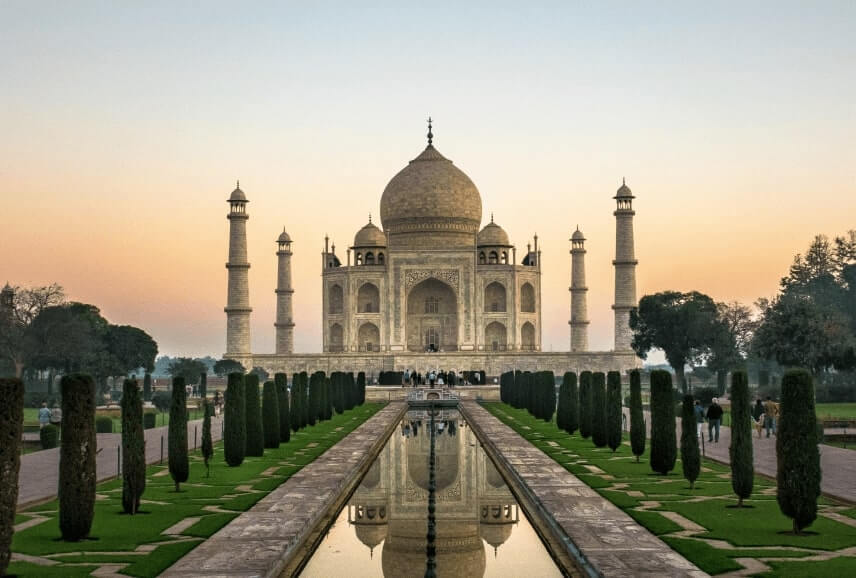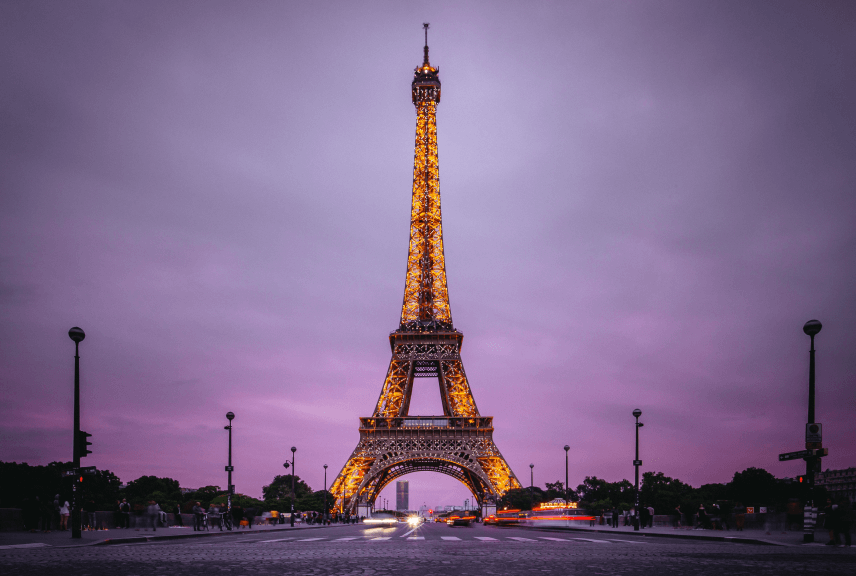Sunday, August 4, 2024
Reading Time: 3 minutes
The newly added cultural heritage sites include the Beijing Central Axis in China, the Brâncuși Monumental Ensemble of Târgu Jiu in Romania, the Cultural Landscape of Kenozero Lake in Russia, and the Frontiers of the Roman Empire in Romania. Other significant cultural additions are Hegmataneh in Iran and the Nelson Mandela Legacy sites in South Africa.
Additionally, the Royal Court of Tiébélé in Burkina Faso and the Moidams in India have been recognized. UNESCO also included the Phu Phrabat Historical Park in Thailand, the Schwerin Residence Ensemble in Germany, and the archaeological heritage of Niah National Park’s Caves Complex in Malaysia. The Cultural Landscape of Al-Faw Archaeological Area in Saudi Arabia, the Historic Town and Archaeological Site of Gedi in Kenya, and the Umm Al-Jimāl in Jordan were also included.
Notably, the Saint Hilarion Monastery, also known as Tell Umm Amer in Palestine, was added due to its historical significance and the ongoing need for its protection.
Natural Heritage Sites:
Among the natural heritage sites, Brazil’s Lençóis Maranhenses National Park stands out with its stunning landscape of dunes and lagoons. The Badain Jaran Desert in China, The Flow Country in the UK, and the Vjetrenica Cave in Ravno, Bosnia and Herzegovina, were also recognized for their unique natural beauty and ecological importance. Additionally, Te Henua Enata in The Marquesas Islands, France, was acknowledged for its remarkable natural and cultural landscape.
Mixed Heritage Sites:
Several sites exhibit both cultural and natural significance. These include the archaeological sites in the Western Cape and KwaZulu-Natal provinces of South Africa, which offer a well-preserved record of modern human behavior dating back 162,000 years. Melka Kunture and Balchit in Ethiopia also present a blend of cultural and natural heritage with their historical and environmental importance.
Sites in Danger:
UNESCO also highlighted the importance of protecting heritage sites in conflict zones by adding Tell Umm Amer, an ancient monastery in the Gaza Strip, to both the World Heritage List and the List of World Heritage in Danger. This site, founded by Saint Hilarion, holds historical significance as one of the oldest monastic communities in the Middle East. Its dual designation emphasizes the need for its protection amid the ongoing Israel-Hamas conflict.
The 24 UNESCO World Heritage Sites added in 2024 are:
- Beijing Central Axis, China
- Brâncuși Monumental Ensemble of Târgu Jiu, Romania
- Cultural Landscape of Kenozero Lake, Russia
- Frontiers of the Roman Empire, Romania
- Hegmataneh, Iran
- Nelson Mandela Legacy sites, South Africa
- Melka Kunture and Balchit, Ethiopia
- Moidams, India
- Phu Phrabat Historical Park, Thailand
- Royal Court of Tiébélé, Burkina Faso
- Sado Island Gold Mines, Japan
- Saint Hilarion Monastery / Tell Umm Amer, Palestine
- Schwerin Residence Ensemble, Germany
- Archaeological Heritage of Niah National Park’s Caves Complex, Malaysia
- Cultural Landscape of Al-Faw Archaeological Area, Saudi Arabia
- Pleistocene Occupation Sites, South Africa
- Historic Town and Archaeological Site of Gedi, Kenya
- Umm Al-Jimāl, Jordan
- Via Appia, Italy
- Badain Jaran Desert, China
- Lençóis Maranhenses National Park, Brazil
- The Flow Country, UK
- Vjetrenica Cave, Ravno, Bosnia and Herzegovina
- Te Henua Enata, The Marquesas Islands, France
Notable Mentions
Machu Picchu, Peru:
Though not a new addition, Machu Picchu remains a significant World Heritage site. The intricate 15th-century Inca ruins, perched atop a flattened mountain peak, continue to captivate visitors with their stunning natural setting. The famous backdrop of Huayna Picchu, lush green surfaces, and surrounding Andean peaks enhance the allure of this ancient wonder, making visitors feel as though they’ve stumbled upon a hidden treasure.
Emergency Addition to Endangered Sites List
UNESCO swiftly added the Saint Hilarion Monastery, a fourth-century Christian site in Gaza, to its endangered sites list in response to the severe impacts of the ongoing Israel-Hamas conflict. Officials announced the inclusion of the ancient monastery during the 46th session of the UNESCO World Heritage Committee held in New Delhi, India.
Previously listed tentatively since 2012, the Saint Hilarion Monastery’s status underwent an emergency acceleration due to the conflict. Known as Tell Umm Amer, this monastery ranks among the oldest, largest, and most intricate in the Middle East and was the first to establish a monastic community in the Holy Land. It now appears on both the World Heritage List and the List of World Heritage in Danger.
